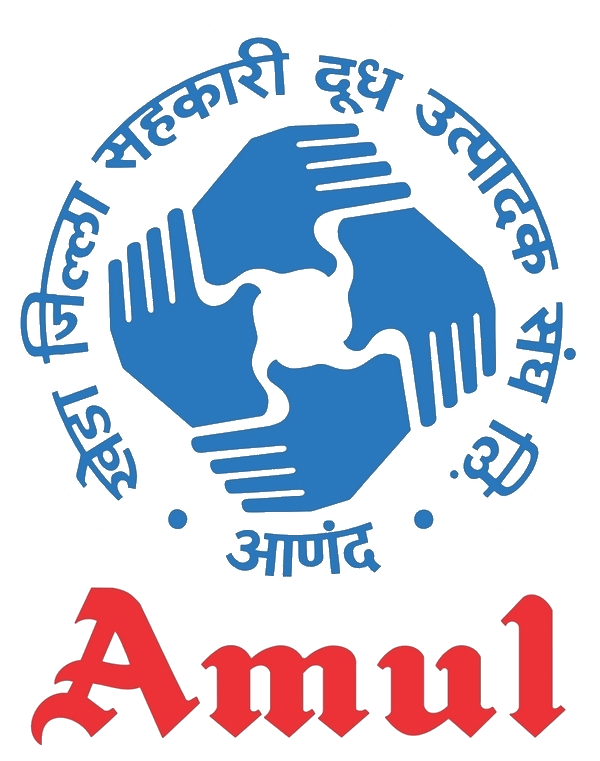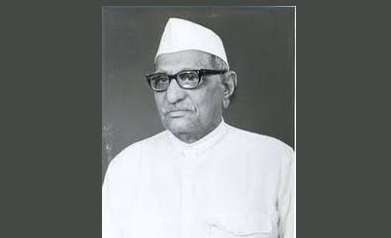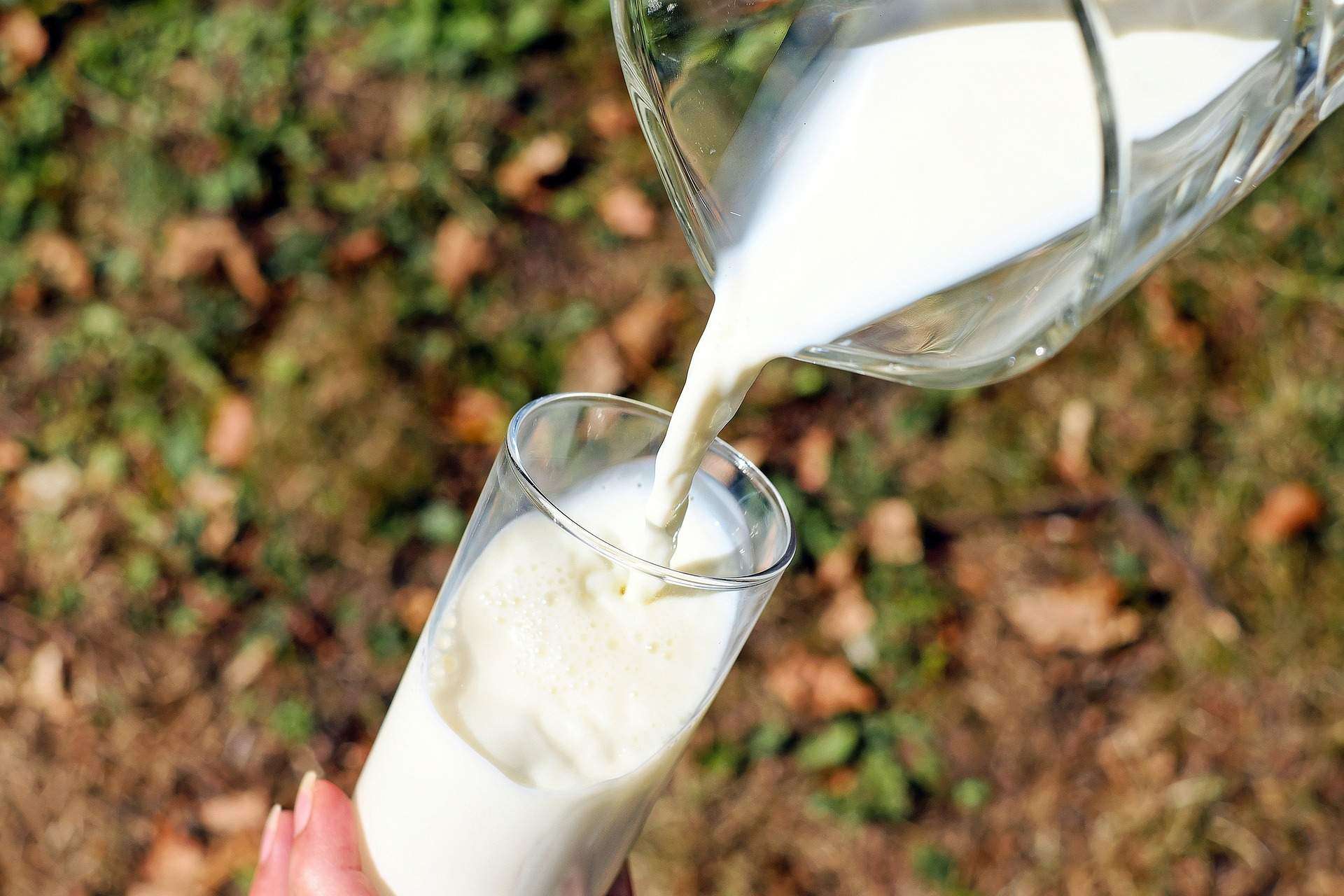The White Revolution in India, also known as ‘Operation Flood’, marked a turning point in the country’s dairy industry, transforming it into a global powerhouse. In this in-depth article, we will explore the origins, key players, achievements, and lasting impact of the White Revolution, examining how it revolutionized India’s dairy sector and spurred socio-economic progress.
The Origins of the White Revolution
Early challenges in India’s dairy sector
- Fragmented production and low productivity: Before the White Revolution, India’s dairy sector was characterized by small, fragmented farms with low productivity. Farmers were unable to invest in better cattle breeds, feeds, and management practices due to limited resources and knowledge.
- Limited access to markets and infrastructure: Rural dairy farmers often faced difficulties accessing urban markets due to poor transportation and inadequate infrastructure. The lack of cold storage facilities and organized marketing channels led to high wastage and price fluctuations.
The birth of the cooperative movement

Image Source: Amul
- The Kaira District Cooperative Milk Producers’ Union (Amul): Established in 1946, the Kaira District Cooperative Milk Producers’ Union, better known as Amul, pioneered the cooperative model in India’s dairy sector. This model sought to empower farmers by eliminating middlemen and ensuring fair prices for their milk.
- The role of Tribhuvandas Patel and Dr. Verghese Kurien: Tribhuvandas Patel, a visionary leader, brought the cooperative model to life with support from Dr. Verghese Kurien, a dedicated technocrat. Their combined efforts laid the foundation for the White Revolution.

Image Source: Indian Cooperative
National Dairy Development Board (NDDB) formation

Image Source: nitk
- The vision of Dr. Kurien: Recognizing the potential of the cooperative model, Dr. Kurien envisioned a nationwide movement to replicate Amul’s success. This led to the establishment of the National Dairy Development Board (NDDB) in 1965.
- Expanding the cooperative model: Under Dr. Kurien’s leadership, NDDB aimed to create a network of dairy cooperatives across the country, linking milk producers with consumers and providing farmers with the necessary support and resources.
Operation Flood: The Catalyst for Change
Phases of Operation Flood
- Phase I (1970-1981): The first phase focused on creating a national milk grid, connecting major milk-producing regions with urban markets. It also aimed to increase milk production and improve farmers’ access to resources and services.
- Phase II (1981-1985): The second phase emphasized expanding the cooperative network, enhancing milk processing capacities, and promoting value-added products.
- Phase III (1985-1996): The final phase sought to consolidate the gains made in previous phases by strengthening dairy cooperatives, promoting self-sufficiency, and fostering innovation and competitiveness.
Key initiatives under Operation Flood
- Enhancing milk production: Operation Flood provided farmers with access to high-quality cattle breeds, artificial insemination services, veterinary care, and improved feeds and management practices, boosting milk production.
- Strengthening dairy cooperatives: The program supported the formation and growth of dairy cooperatives, providing farmers with training, credit facilities, and infrastructure support.
- Building infrastructure and marketing networks: Operation Flood facilitated the development of milk collection centers, chilling units, processing plants, and distribution networks, ensuring efficient movement of milk from farms to consumers.
International support and collaboration
- World Food Programme (WFP) and European Economic Community (EEC): The WFP and EEC played crucial roles in Operation Flood by providing food aid in the form of dairy products, which were sold to finance the program’s activities. This innovative approach helped fund infrastructure development, capacity building, and other initiatives without burdening the government’s budget.
- World Bank and other global institutions: The World Bank, along with other international organizations, provided financial assistance, technical expertise, and policy guidance to support the successful implementation of Operation Flood.
Achievements of the White Revolution
Dairy production and self-sufficiency
- India becoming the world’s largest milk producer: The White Revolution propelled India to become the world’s largest milk producer, with output increasing from around 22 million metric tons in 1970 to over 187 million metric tons in 2021. This achievement significantly contributed to the country’s food security and self-sufficiency.
- Impact on rural incomes and poverty alleviation: The increased milk production and fair pricing through cooperatives led to higher incomes for rural farmers, contributing to poverty alleviation and improved livelihoods for millions.
Empowering farmers and women
- The cooperative model and its benefits: The cooperative model empowered farmers by giving them control over their resources, decision-making, and income. It ensured that farmers received fair prices for their produce, and enabled them to access essential services and resources.
- Women’s participation and socio-economic upliftment: The White Revolution played a significant role in empowering women by providing them with income-generating opportunities and decision-making power within dairy cooperatives. This resulted in improved socio-economic status for women, leading to better education, health, and overall well-being for their families.
Technological advancements and innovation
- Developments in animal breeding and nutrition: The White Revolution fostered advancements in animal breeding, including the introduction of high-yielding cattle breeds and artificial insemination techniques. It also promoted research and development in animal nutrition, leading to better feeds and feeding practices.
- Improvements in dairy processing and distribution: The growth of the dairy sector spurred innovation in processing and distribution, leading to the development of efficient chilling and pasteurization technologies, as well as the expansion of cold storage and transportation networks.
The Lasting Impact of the White Revolution
Contributions to food security and nutrition
- Addressing malnutrition and hunger: The increased availability and affordability of milk and dairy products contributed to improved nutrition and food security for millions of Indians, helping to combat malnutrition and hunger.
- Promoting the consumption of dairy products: The White Revolution popularized the consumption of milk and dairy products in India, leading to better nutrition and health outcomes for the population.
Expansion and diversification of the dairy industry
- Growth of private players: The success of the White Revolution attracted private investments and led to the emergence of several large-scale private dairy companies, fostering healthy competition and growth in the sector.
- Development of value-added products: The dairy industry diversified into a wide range of value-added products, such as flavored milk, yogurt, cheese, and ice cream, creating new markets and opportunities for producers and consumers alike.
Environmental and sustainability concerns
- Challenges in waste management and resource use: The rapid expansion of the dairy sector raised concerns about the environmental impact, including the efficient use of water, land, and energy resources, as well as proper waste management.
- Efforts towards sustainable dairy practices: In response to these challenges, various initiatives have been undertaken to promote sustainable dairy farming practices, such as water and energy conservation, waste management, and the reduction of greenhouse gas emissions.
Thus, we can say that the White Revolution in India marked a transformative period in the country’s dairy sector, fostering self-sufficiency and providing new opportunities for millions of rural families.
By: Priyanka Shah



